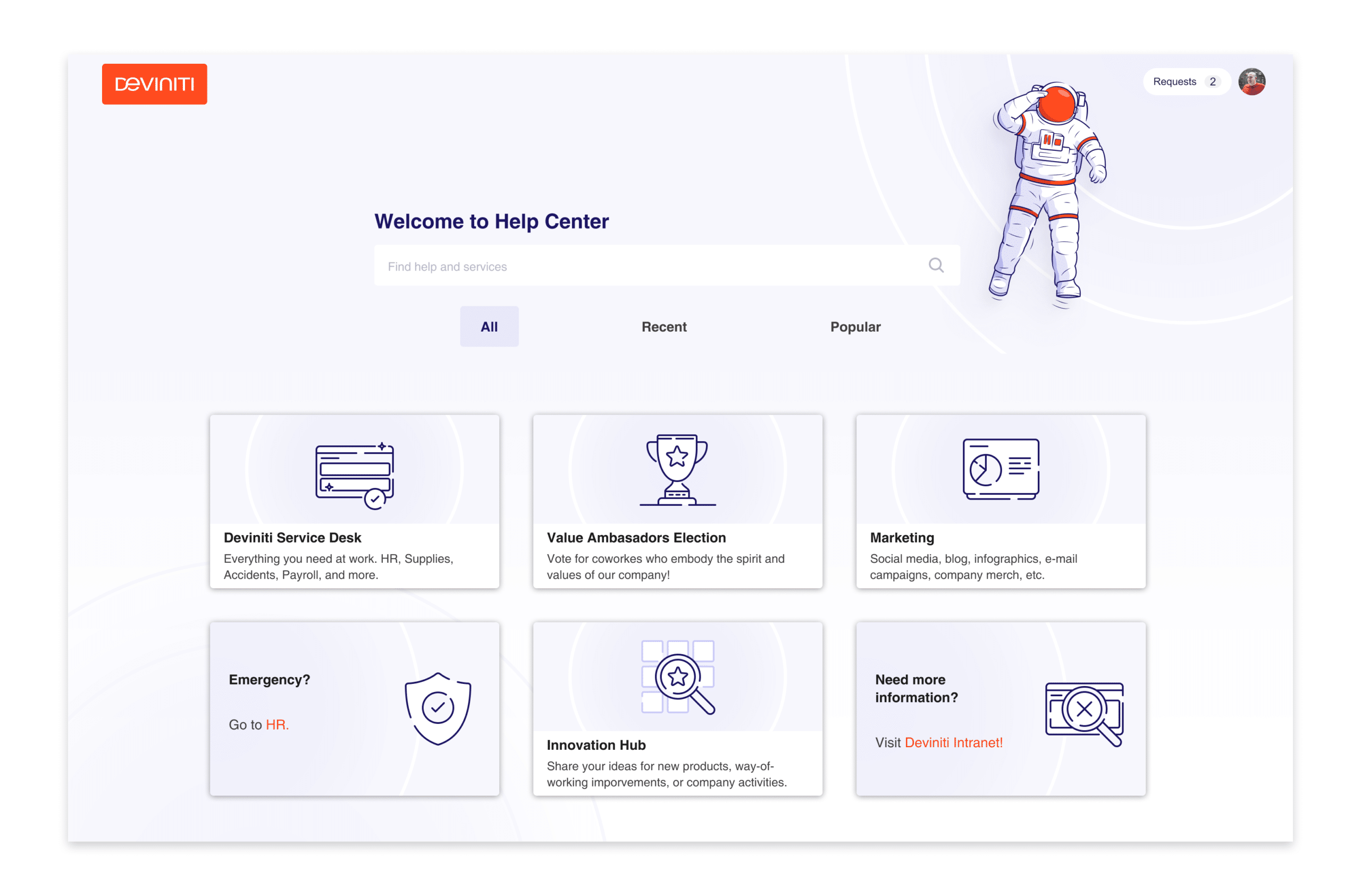Where to migrate from Jira Server?

Last update: February 27, 2023
Atlassian announcing the end of life for Server products in 2024. Still don’t know what to do with your instance? As a Platinum Enterprise Solution Partner, we’ll navigate these changes together with you through the digital space. Here we are with the most important information and guidelines for your company. Let’s find out what should we do now before they turn off the light!
Why all the buzz?
During the last few years, Atlassian has developed a cloud-first strategy when it comes to its products. The variety of close to 175,000 teams and companies using Atlassian products ranges from single-person projects to over 100 thousand people on all corporate instances and from a fintech startup up to open space discovery with NASA. That’s why all the new features first appeared on Cloud, which was easier to feature flag and scale iteratively with each rollout without requiring a physical update on the client side. Now 90% of all the new customers choose the Cloud option as the starting point. The 110% increase in Cloud bookings over the last year across the Atlassian Solution Partner Network made the company go all-in on its SaaS offer and discontinued the Server product line.
What’s in the future for Jira Server clients?
- On February 2, 2021, we won’t be able to purchase additional Server products, and the price of the current Server and Data Center installations will go up around 15% of the current quote.
- After February 2, 2022, only critical bug fixes will be shipped in Server releases, and upgrades or downgrades will be blocked.
- As for Marketplace apps, Server customers can continue to purchase new app licenses until February 2023 and purchase and receive maintenance until February 2024.
- On February 2, 2024, the support will stop, and no bug fixes will be released anymore, which may pose a security threat to the business and increase technical debt.
Source: Atlassian
Support and maintenance for on-premise Jira toolsets will be performed by Atlassian right until the end of life day. Loyalty discounts will be available for eligible customers to upgrade to Cloud or Data Center products. We’ll still be able to purchase new licenses for Fisheye and Crucible, which remain in basic maintenance mode. Bamboo Data Center was announced to become available in the near future as well – until then, Bamboo Server licenses are still available for purchase.
All in all, this means that we have up to three years to plan and execute a migration of Server instances to another platform.
What Jira hosting options do we have left?
Jira Cloud migration
The option prioritized by Atlassian is going to the cloud, where the team will host, set up, secure, and maintain our task management products. They have provided a migration hub with lots of knowledge, tools, and support to help you get through the process. They offer free plans that help us to hit the ground running, as well as dual licenses to try Cloud for the duration of their existing Server maintenance term. They introduced the Enterprise Cloud plan with unlimited instances, 99.95% uptime, data residency, and more features. They even added AI-powered “smarts” that help search for the right people, automate ticket triage, and so on. On the Cloud roadmap, we’ll find things like 20,000 user instances, mobile app enhancements, under 4 seconds backlog load time, and the migration assistants for Atlassian-made apps.
For most companies, Cloud is more accessible, faster to set up, and easier to operate. It easily scales with lower setup, operational, and administrative costs. Most importantly, this decision would allow us to focus our time and resources on their core business, reduce infrastructure costs, or even hire remotely. On the other hand, in some cases, not all features, requirements, and apps are still mappable from Server to Cloud instances, and not all third-party apps are still as fully functional on Cloud as they are on Server and Data Center (for example, Salesforce CRM integration or Tempo Budgets). What’s more, in some specifically regulated industries, this solution isn’t compliant. But as the new features come out first on Cloud, there’s a chance that these blank spaces will get filled in by 2024. Atlassian heavily invests in developing its Cloud platform in terms of compliance and security (like SOC2, ISO 27001/27018, or GDPR standards), and Partners and customers trust them. Over 80% of Fortune 500 companies have an Atlassian Cloud license, and a couple of our own teams at Deviniti use Jira Cloud as well.
Jira Data Center migration
Some companies have legal, business, or security requirements that might prevent them from ever operating in the cloud, or simply exceeding even the 20,000 users limit. They might need advanced control of the instance, need to place data in a specific location, be experienced enough with on-premise Jira, and have the IT infrastructure prepared for implementation. For these customers, Atlassian will still offer the Data Center family of products, which focuses on scalability, security, and performance of large enterprise instances. We can deploy Atlassian Data Center behind a firewall using a variety of technologies like VMWare or bare metal, choose between a single node or a cluster, or run it on a private cloud provider like AWS or Azure, which increases the architecture flexibility. User management features like SAML/SSO and advanced analytics are also one of the focus areas of this edition.
During the upcoming months, additional Atlassian-built apps will be included with a Data Center subscription by default:
- Advanced Roadmaps in Jira Software
- Team Calendars and Analytics in Confluence
- Insight – Asset Management and Insight Discovery in Jira Service Desk
500+ user instances will also get Priority Support from Atlassian. Security features like personal tokens, extended SSO in Crowd, zero-downtime upgrades for bug fixes, and performance improvements like Confluence instance cleanup are on the product’s roadmap.
There’s also a hybrid approach possible, where some of your instances are Cloud and the others are Data Center. Our own main global instance for the company is on Data Center as well, there are apps for synchronizing projects between the hosting options, and Atlassian announced extended integrations between Cloud and Data Center. But we should know that if we migrate after February 2021, the price for this option will get much higher (up to 140% for the lowest tiers). So the earlier we move, the more we save on the price.
Here’s the Data Center migration center which can help assess the time and resources needed to perform it.
Stay with Jira Server
The end of sale doesn’t mean that Server instances will stop working all at once. Even after February 2024, we’ll still be able to run Server stacks. Solution Partners like ourselves provide ongoing maintenance, support, and development of Atlassian toolsets. Nevertheless, we consider it a not-so-optimal option for the long term, because third-party apps will stop support along with the Atlassian products, which would be probably too much technical debt for more complex instances to be supportable. You won’t be able to scale it up or down after 2022, either.
From this perspective, we’d recommend continuing with Server only while being on the path for migration within a couple of years. If you consider moving to Data Center, choosing Jira Server will give you more time to prepare your instance for this significant change. If you aren’t ready to keep your data in the Atlassian Cloud, continue using Jira Server and migrate when you’ll be completely sure about it. What’s more, if you have under 500 users in total and would like to purchase a Server product to start with, now is the last possible moment to do it before the end of sale. You can use Jira Server and migrate to Data Center licenses on the same infrastructure when your team grows.
In fact, only about 20% of our current clients will migrate right away, as they find Jira and other Atlassian software to lie under their mission-critical processes and can also cut some costs on the way. The rest is still in the “hold” mode, gathering more information about the Atlassian plans for the future. 3 years of continued support is more than enough to make a strategic decision on what to do next.
Turn to a Jira alternative
There can be special cases where Atlassian Cloud doesn’t fulfill some policy or legal compliance, and Data Center doesn’t pay off due to the number of users. The need for developed and supported tools is natural, so in such cases, a work platform outside the Atlassian ecosystem is worth considering. We might explore the space of possibilities and find some other products that can help our teams be effective. One tool might be perfect for creative tasks, and another for technical ones, so this might complicate the architecture quite a bit. That’s why we’d recommend staying on the Atlassian platform if we’re using it globally inside the company.
Choosing the deployment model
We know it’s hard to evaluate these options, understand the product differences, assess the total cost of ownership for each option, and choose what’s suitable for our organization. Each solution can have its own drawbacks, and during these three years, those offers can change significantly due to new features and improvements. We should observe them strategically, feel the general direction, and be able to deduce which one is right for the circumstances. While small companies can migrate in a couple of weeks, the larger ones can take quarters or even years to plan and execute, so the decision should be made as quickly as possible.
As a rule of thumb, the biggest and most complex instances with lots of third-party apps should take a look at Data Center first, and the rest can go with Cloud unless there is a compliance or functional blocker. There are also other options to consider on the market if we’re prone to such a change or just want to optimize a couple of teams. Remember to reach out to a Solution Partner who is up-to-date with all the upcoming changes and can perform an audit of the existing toolset, help with planning, and execute the migration.
Whether you choose our Cloud or Atlassian Data Center solutions, I want to assure you that our teams at Atlassian and our network of Solutions Partners are here to help you execute a successful migration and lay the groundwork for a promising new future.
Need help with your Jira migration?
We’ve helped 20+ customers migrate to Jira Cloud or Data Center. The Deviniti space crew is ready to start your migration journey.





